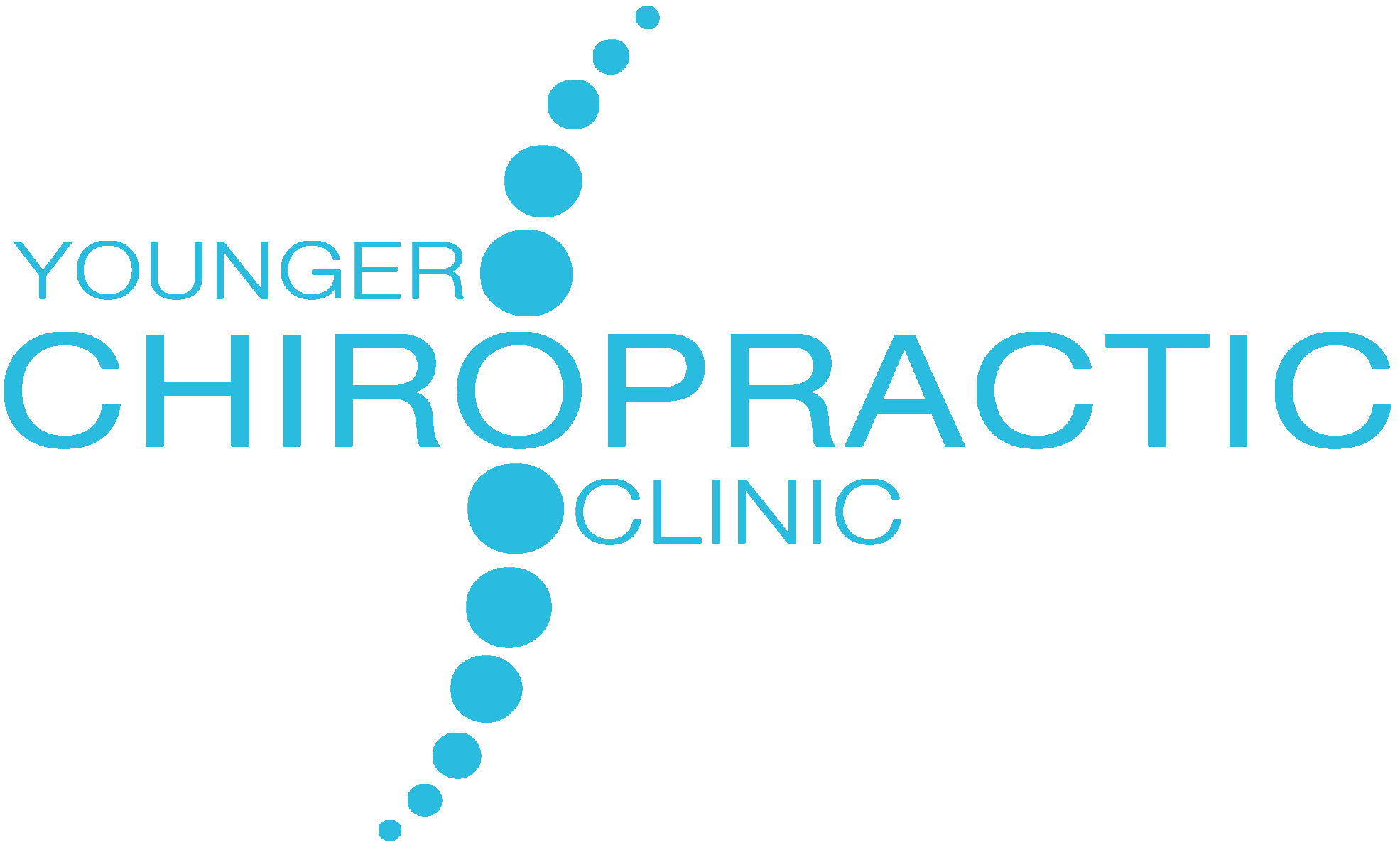 If you’ve been injured in a car accident, you may wonder “How soon can I expect to return to work and my normal life?” While the answer to that question is highly individualized, a new study suggests that patients with whiplash-associated disorder may have slower return-to-work rates compared to people with other musculoskeletal injuries.
If you’ve been injured in a car accident, you may wonder “How soon can I expect to return to work and my normal life?” While the answer to that question is highly individualized, a new study suggests that patients with whiplash-associated disorder may have slower return-to-work rates compared to people with other musculoskeletal injuries.
A study published in the journal BMC Public Health found that only 44% of whiplash patients had returned to work after two years, compared to 57% of patients with other musculoskeletal disorders.
An estimated 19-60% of patients with whiplash still experience symptoms six months after the injury, and up to half of WAD patients fail to return to work within a year. Researchers from Denmark sought to see whether these high rates of chronicity affected return-to-work rates in whiplash patients. The study included 104 adults with whiplash and 3,204 individuals with other musculoskeletal disorders like back pain. All the participants had been listed for sick leave for at least eight weeks prior to the start of the study. The researchers conducted follow-ups at 26 weeks, one year, two years, and three years after the patients were initially listed for sick leave.
Whiplash Study Results:
Patients with other musculoskeletal disorders returned to work sooner than those with whiplash-associated disorder.
| Return to Work | Whiplash | Other Musculoskeletal Disorders |
| Week 26 | 18% | 43% |
| 1 year | 34% | 51% |
| 2 years | 44% | 57% |
| 3 years | 43% | 57% |
With 56% of whiplash patients still on sick leave after two years, the results from this study are higher than what has been found in earlier studies. For instance, a 2001 study showed that only 12% of whiplash patients hadn’t resumed their normal activities or were only back to modified job functions a year after the initial injuries. This difference may have been due to the fact the newer Danish study included a cohort of long-term sick-listed patients who already had a higher risk of chronicity, whereas the 2001 study analyzed a broader group of patients within two days after visiting the emergency room for whiplash. Still, the research shows that individuals with chronic whiplash symptoms, the risk of long-term work disability is great.
“These findings suggest that an active rehabilitation is important to sick-listed individuals with WAD at an early stage of the process,” the researchers wrote. Active rehabilitation, such as chiropractic care and exercise therapies, can improve patients’ chance of recovery.
References
Biering-Sørensen, et al. The return-to-work process of individuals sick-listed because of whiplash-associated disorder: a three-year follow-up study in a Danish cohort of
long-term sickness absentees. BMC Public Health 2014; 14:113 doi:10.1186/1471-2458-14-113.
Kasch H, Bach FW, Jensen TS: Handicap after acute whiplash injury: a 1-year prospective study of risk factors. Neurology 2001, 56:1637–1643.
